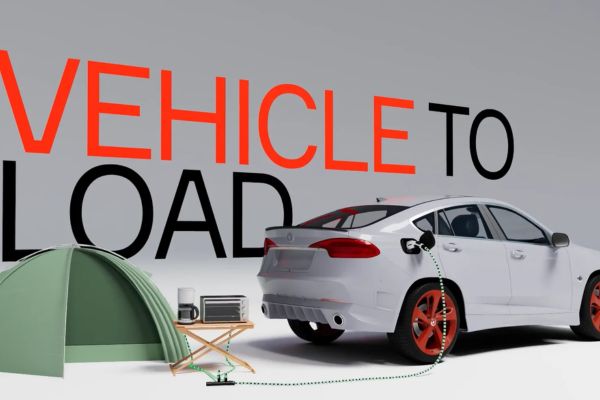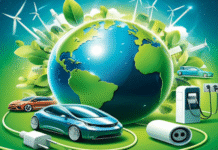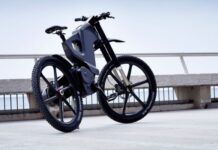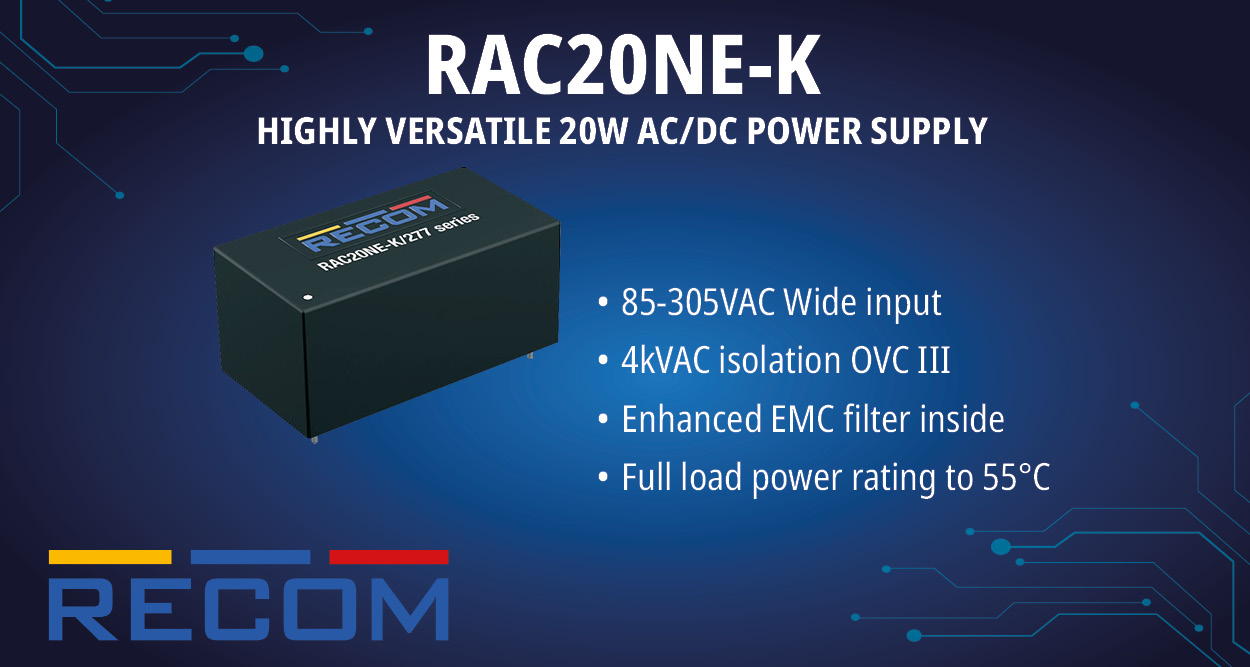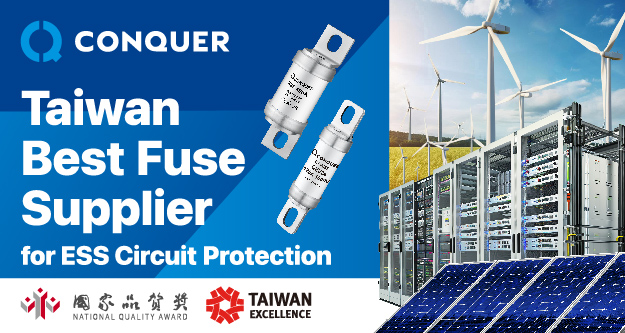According to Cervicorn Consulting, The global vehicle-to-load (V2L) market size is expected to exceed around USD 35.74 billion by 2034 from USD 2.45 billion in 2024, expanding at a CAGR of 30.95% from 2025 to 2034.
This significant market growth is driven by several key factors, notably the increasing adoption of electric vehicles (EVs) and the rising demand for portable and backup power solutions. Consumers are gravitating toward EVs that offer multifunctional features, with V2L technology enhancing their utility by enabling power supply for outdoor activities, camping, and emergency situations. Growing concerns over power outages—often linked to extreme weather—and a rising interest in off-grid living are also contributing to the increasing demand for V2L-enabled vehicles.
Government incentives aimed at accelerating EV adoption are further boosting the market, prompting automakers to include V2L features to differentiate their models. Advancements in battery performance and energy storage systems are making V2L technology more practical and efficient, delivering longer-lasting and higher-capacity energy solutions. Moreover, the broader shift toward renewable energy and sustainable living is encouraging the integration of V2L systems into home power and grid-independent setups.
Key Market Highlights
- Regional Share (2024): North America led the market, accounting for 35% of global revenue.
- Regional Growth Outlook: Asia-Pacific is forecast to be the fastest-growing region, with a CAGR of 36.8% from 2025 to 2034.
- By Vehicle Type: Battery electric vehicles (BEVs) dominated, representing 70% of market revenue in 2024.
- By Application: Consumer electronics charging was the top application, generating the largest revenue share in 2024.
Emerging Trends in the V2L Market
1. Increasing EV Adoption with Integrated V2L Capabilities
As EV sales climb, automakers are equipping new models with V2L functionality to enhance value and appeal. Notable examples include the Hyundai Ioniq 5, Kia EV6, and Ford F-150 Lightning, all of which feature bidirectional charging. These vehicles attract consumers seeking power versatility for outdoor, emergency, and mobile applications. This growing availability is intensifying market competition and accelerating adoption.
2. Growing Need for Portable and Backup Power
With a surge in extreme weather events and a growing interest in off-grid living, there’s a rising demand for reliable backup power sources. V2L-enabled EVs are emerging as convenient mobile power units, capable of supporting homes, medical devices, and essential appliances during outages. Governments and disaster response agencies are beginning to recognize V2L as a key element in emergency preparedness strategies.
3. Expansion into Commercial and Industrial Use
Beyond consumer markets, V2L is gaining traction in commercial and industrial settings. Companies in construction, event planning, and field services are using V2L-equipped EVs to power equipment and lighting in remote areas. Fleet operators are also exploring V2L as a way to reduce dependence on external generators, cut costs, and enhance sustainability—opening new opportunities for automakers and energy solution providers.
4. Integration with Renewables and Smart Grids
As clean energy adoption rises, V2L is increasingly being paired with renewable energy systems like solar panels. Homeowners can store surplus solar energy in their EVs during the day and use it to power their homes at night. Smart energy management platforms are also evolving to allow real-time monitoring and control of V2L energy distribution via mobile applications. This trend supports the global shift toward low-carbon, decentralized energy systems.
Vehicle-to-Load (V2L) Market Segmental Analysis
By Vehicle Type
Battery Electric Vehicles (BEVs)
BEVs lead the V2L market, accounting for approximately 70% of the total revenue in 2024. This dominance is driven by growing EV adoption, favorable government policies, and rapid advancements in battery technology. BEVs are particularly well-suited for V2L applications—such as home backup power, emergency electricity, and outdoor activities—due to their ability to store and discharge large amounts of energy. With leading automakers like Tesla, Hyundai, and Ford equipping newer models with V2L functionality, this segment is expected to grow at a CAGR of 34% between 2025 and 2034. As lithium-ion battery costs continue to decline and energy density improves, BEVs will play an increasingly central role in decentralized energy ecosystems.
Plug-in Hybrid Electric Vehicles (PHEVs)
PHEVs combine electric and fuel-powered systems, offering greater flexibility and extended range. Their V2L capabilities are especially attractive to consumers seeking dependable power for outdoor or emergency use. Though they currently hold a smaller market share than BEVs, PHEVs are projected to grow at a CAGR of 28% over the next decade. This growth will be supported by improvements in battery performance, increasing availability of bidirectional charging, and government policies promoting hybrid adoption—especially in regions with limited EV infrastructure.
Fuel Cell Electric Vehicles (FCEVs)
While still at an early stage of adoption, FCEVs represent a promising segment in the V2L market. Vehicles like the Toyota Mirai and Hyundai Nexo, powered by hydrogen fuel cells, can deliver electricity over extended periods—making them ideal for high-demand scenarios such as commercial operations and disaster relief. FCEVs are expected to grow at a CAGR of 26%, fueled by rising investments in hydrogen infrastructure and supportive government incentives. Their advantages in fast refueling and long range position them as a strategic solution for fleet operators and emergency responders.
By Power Output
Low Power Output (≤3.6 kW)
This segment held a 40% market share in 2024 and remains popular for everyday uses such as charging electronics and powering small appliances during camping or remote work. Many EVs now include 3.6 kW V2L outlets, enabling convenient use for smartphones, laptops, and lighting. The rise of mobile lifestyles and digital nomadism is expected to keep demand strong for low-power V2L capabilities.
Medium Power Output (3.6 – 7 kW)
Medium-output V2L solutions are gaining traction due to their ability to power household appliances like refrigerators, fans, and air conditioners. This segment is projected to grow at a CAGR of 28%, driven by increased interest from both homeowners and small businesses looking for reliable, portable power during outages. Improvements in energy management systems are further enhancing usability and efficiency in this category.
High Power Output (≥7 kW)
High-output V2L systems enable EVs to power entire homes or commercial setups. With applications across industries, construction sites, and disaster response, this segment is forecasted to grow at a CAGR of 35%. Automakers such as Ford (F-150 Lightning) and Hyundai are leading the way with high-capacity V2L-equipped models. As demand for grid-independent power grows, high-output V2L will play a pivotal role in building decentralized energy infrastructures.
By Application
Consumer Electronics Charging
This remains the dominant application, representing over 45% of the market share in 2024. The ability to power laptops, mobile devices, cameras, and even e-scooters has made V2L a desirable feature, particularly among tech-savvy consumers and travelers. EV manufacturers are actively promoting this use case as a key benefit.
Outdoor and Camping
With a projected CAGR of 31%, this segment is rapidly growing thanks to the increasing popularity of off-grid travel and sustainable tourism. V2L technology supports outdoor needs such as lighting, cooking appliances, and portable refrigeration. Automakers like Rivian and Tesla are adding dedicated camping features to enhance the appeal of V2L-equipped vehicles for adventurers.
Emergency Backup Power
Amid rising concerns about extreme weather and grid failures, emergency backup power is becoming a major driver of V2L adoption. This segment is expected to grow at a CAGR of 32%, as households and businesses seek greater energy resilience. Public utilities and governments are also exploring V2L as a tool in emergency preparedness strategies.
Commercial Use
Mobile businesses, including food trucks, event services, and on-site contractors, are increasingly utilizing V2L for powering tools and equipment without external generators. This segment is projected to reach 20% of the market by 2034, supported by the broader shift toward mobile, sustainable operations.
By End-User
Residential Users
Homeowners made up 50% of the total V2L market in 2024. Integration with solar panels and home energy systems is on the rise, enabling users to store and use clean energy efficiently. Growing awareness of energy independence and grid reliability is expected to drive continued adoption among residential consumers.
Commercial & Industrial Users
Businesses are tapping into V2L to reduce energy expenses and power tools or devices at remote sites. With a projected CAGR of 29%, the commercial and industrial segment is poised for steady growth, especially as electric fleets expand and V2L becomes a value-added feature in mobile and construction sectors.
Government & Emergency Services
Government agencies and emergency responders are adopting V2L-equipped vehicles for rapid deployment in disaster zones and infrastructure support. With growing investment in resilience and defense applications, this segment is positioned for significant growth, supported by policy incentives and public-sector procurement initiatives.
Vehicle-to-Load (V2L) Market – Regional Analysis
North America: Market Leader Backed by Advanced Automotive and Energy Ecosystems
North America held the largest share of the global V2L market in 2024, with an estimated market value of USD 0.86 billion, projected to reach approximately USD 12.51 billion by 2034. The region’s dominance is primarily attributed to the United States, which boasts a mature electric vehicle (EV) industry, robust renewable energy infrastructure, and proactive government support.
Federal and state-level incentives, coupled with stringent emission regulations, are accelerating EV adoption across North America. These developments, alongside advancements in battery storage and energy management systems, are fostering the rapid integration of V2L features into consumer and commercial EVs. Additionally, the increasing frequency of extreme weather events has heightened the demand for resilient, off-grid power solutions, positioning V2L as a practical emergency backup option. With rising EV penetration and continued investment in clean energy, North America is expected to retain a leading position in the global V2L market.
Asia-Pacific: Fastest-Growing Market Driven by Innovation and Infrastructure Expansion
The Asia-Pacific (APAC) region is poised to be the fastest-growing V2L market, driven by rapid technological advancements, large-scale EV adoption, and aggressive sustainability goals. Countries like China, Japan, and South Korea are leading the charge, with strong government backing and substantial investments in EV infrastructure and renewable energy integration.
China, the world’s largest EV market, is at the forefront of V2L implementation, with domestic automakers incorporating bidirectional charging capabilities into a growing number of models. Japan’s well-developed disaster preparedness systems and advanced energy grid technologies make it a key market for V2L deployment, especially for emergency and residential use. With increasing concerns around energy security, coupled with growing environmental awareness, the APAC region is expected to play a pivotal role in shaping the future trajectory of the global V2L industry.
Europe: Mature Market Anchored by Sustainability and Grid Integration
Europe represents a well-established V2L market, underpinned by its leadership in climate policy, renewable energy adoption, and EV infrastructure development. With ambitious emissions reduction targets and comprehensive EV incentive programs, the region is driving significant demand for V2L-enabled vehicles.
Countries such as Germany, France, and the United Kingdom are championing vehicle-to-grid (V2G) and V2L technologies as part of their broader transition to sustainable energy systems. The integration of smart grid platforms, bidirectional charging infrastructure, and decentralized energy solutions positions Europe as a major contributor to the V2L ecosystem. As the EU continues to push toward carbon neutrality, the demand for V2L capabilities is expected to remain strong, especially in residential, commercial, and utility-scale applications.
LAMEA (Latin America, Middle East & Africa): Emerging Market with Growing Opportunities
The LAMEA region is an emerging player in the V2L space, with modest yet steady growth anticipated over the next decade. While the market currently lags behind other regions in terms of volume, countries like Brazil, Mexico, the UAE, and South Africa are seeing increasing momentum in EV adoption and renewable energy initiatives.
The growing need for off-grid and backup power—particularly in remote or underserved areas—is driving interest in V2L technology. Government-led clean energy programs and improving EV infrastructure are laying the foundation for long-term market development. As awareness of V2L’s practical benefits spreads and more manufacturers offer compatible vehicles, the LAMEA region is expected to gradually expand its presence in the global V2L landscape.
Ask for sample report PDF@ https://www.cervicornconsulting.com/sample/2561




